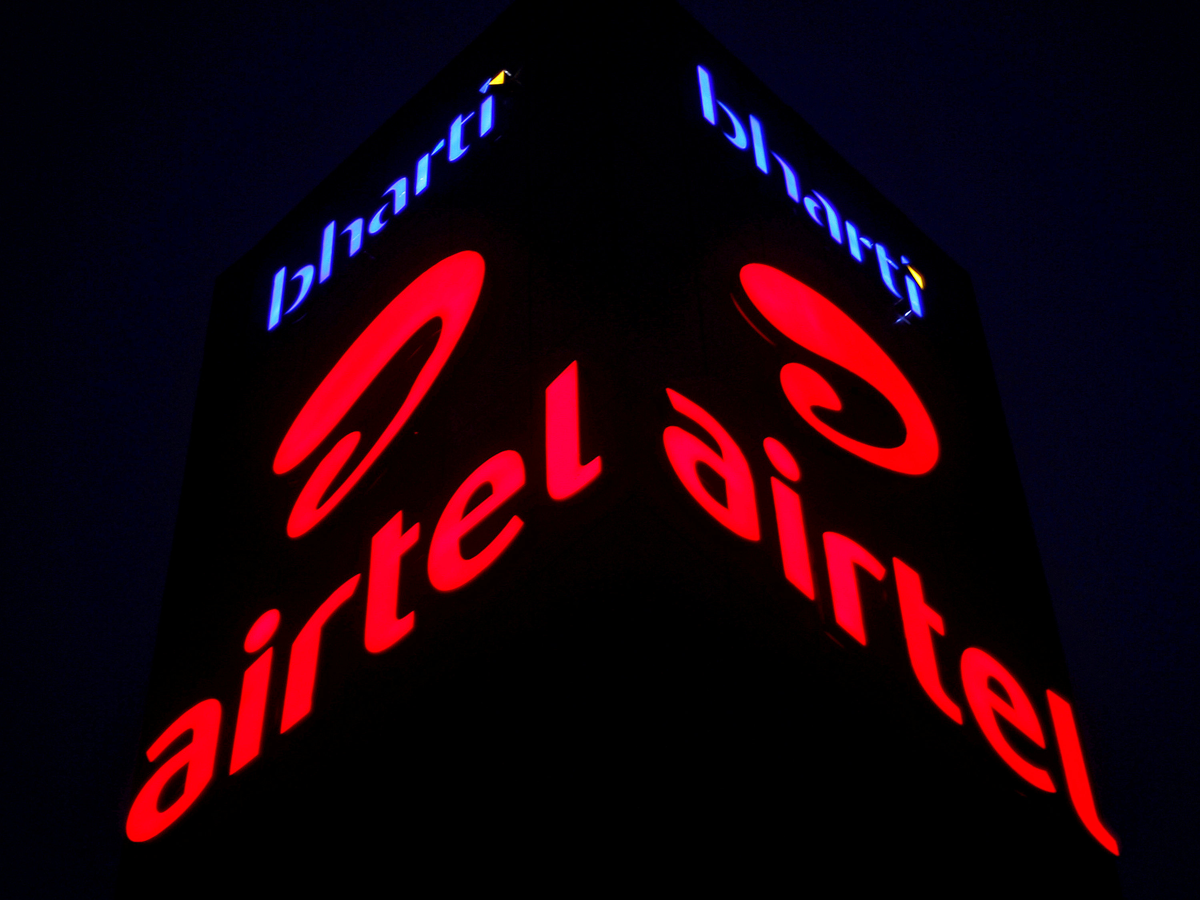INSUBCONTINENT EXCLUSIVE:
Kolkata: Bharti Airtel expects its average revenue per user (ARPU) -- a key performance metric – to improve from the fiscal fourth quarter
onwards, as the full impact of its minimum recharge plans kick in and more 2G and 3G users upgrade to 4G.
Chief executive Gopal Vittal said
Friday the biggest ARPU growth drivers for Airtel would be higher contributions from the minimum recharge plans, benefits accruing from the
recent price hike of the Rs 99 base bundled pack to Rs 119, rapid 2G customer upgrades to 4G and growing uptake of post-paid plans in the Rs
399 and Rs 499 range that come bundled with content from Amazon and Netflix.
“We are seeing the first signs of ARPU climbing and as more
2G customers upgrade to 4G and get on to a bundle, there will be an immediate ARPU upside,” Vittal said.
He was speaking on an earnings
call, a day after Bharti Airtel’s consolidated net profit slumped 72% on-year to Rs 86 crore in the fiscal third quarter, as a one-time
gain helped the telco surprise the market which had expected a loss
Analysts said that the 4.1% sequential ARPU expansion to Rs104 and largely flattish India revenue in Q3 is signal that the worst could be
India’s second-largest telco’s shares closed 1.35% higher on BSE at Rs 311.30.
The carrier isn’t ruling out more marginal customer
losses in coming quarters with the full impact of the minimum recharge plans and re-classification of Airtel customers as only those that
transact and generate revenues for the company.
The telco lost 58 million mobile phone customers in the December alone following the
modification in its customer base measurement benchmarks.
Sanjesh Jain, telecoms research analyst at ICICI Securities, estimates that “the
clean-up of non-paying customers will trigger a jump in Airtel’s ARPU to Rs 118-120 in the fiscal fourth quarter, FY19”.
Vittal said
Airtel in its efforts to drive its core 2G user base to go 4G is rapidly refarming its 900 Mhz band spectrum for LTE services and will do
the same with its arsenal of 2100 Mhz airwaves that are being currently used for 3G services.
The company’s immediate target, he said, is
maximising 4G customer acquisitions in the country’s top-1,000 cities, following which it will focus on expanding its 4G act to the next
5,000 cities.
The Airtel CEO though said demand for smartphones and overall pace of feature phone users upgrading to smartphones would only
rise if top device makers launch high quality smartphones in the Rs 4,000-5,000 price-range.
At present, some 100 million smartphones get
incrementally added into India’s mobile system every year, of which the most popular segment are devices priced in the Rs 6K-10k
range.
Vittal signalled that capex would start falling from next fiscal as site expansion would be more disciplined and purely linked to
revenue and customer experience
“I don’t see the elevated level of capex that we saw this year, and investments (in FY20) will be largely in radio networks and
transmission with reduced spends on core networks”.
The company spent around Rs25,000 crore as capex in FY18 and is expected to spend
another roughly Rs26,000 crore this FY.
To fund its capex needs, the company has been raising funds through stake sales in its tower unit,
Bharti Infratel, among others
The company’s board is set to meet on February 28 to consider the recommendations of a special panel constituted to explore further
ET has reported that Airtel is exploring a Rs12,000-Rs15,000 crore rights issue.

